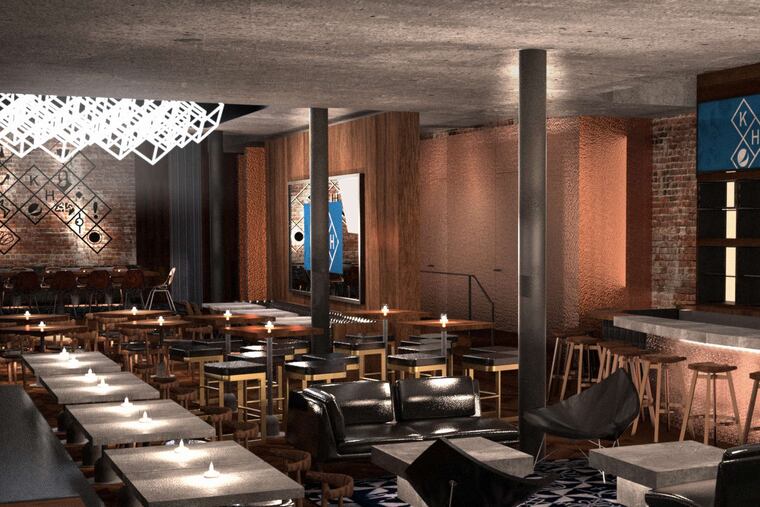Coke and Pepsi want soda to be cool again
Coke and Pepsi want to shake their Big Gulp image and cultivate a more hipster appeal. The soda giants hope to rehabilitate soda's cheap image and fetch higher prices as Americans keep cutting back on sugary fizz.

Coke and Pepsi want to shake their Big Gulp image and cultivate a more hipster appeal. The soda giants hope to rehabilitate soda's cheap image and fetch higher prices as Americans keep cutting back on sugary fizz.
That means more stylized cans and bottles of Coke and the expansion of Mexican Coke, which is sweetened with sugar instead of high-fructose corn syrup.
Pepsi is pushing "craft sodas" and plans to open an eatery "honoring the kola nut" in New York City in the spring.
A January news release for Pepsi's Kola House was peppered with marketing buzzwords, and said the lounge would have a "resident cocktail curator" and an "artisanal menu." The idea is that its mere existence could burnish soda's image, even if most people never go.
"At the end of the day, we just have to stay culturally relevant," said Seth Kaufman, chief marketing officer for PepsiCo beverages in North America.
Soda remains a big business, with familiar sizes like 12-ounce cans and 2-liter bottles still accounting for the vast majority of the market. But Americans keep reaching for alternatives, with soda facing a proliferation of competitors and being blamed for fueling obesity. Between 2000 and 2014, U.S. soda sales volume fell 14 percent, according to industry tracker Beverage Digest.
If they're selling less soda, Coke and Pepsi at least want to charge more for it by giving it more cachet.
It's why PepsiCo in 2014 introduced Caleb's Kola, which comes in a glass bottle with the words "Honor in craft." At a Beverage Digest conference soon after, CEO Indra Nooyi said that soda had lost some of its "cool factor," and that drinks like Caleb's were helping bring it back.
That cool factor comes with a price. At a New York City grocery store, a 20-ounce bottle of Pepsi was selling for $1.49, compared with $1.99 for a 10-ounce bottle of Caleb's.
PepsiCo also introduced Mountain Dew Dewshine, which comes in a glass bottle and is made with sugar instead of high-fructose corn syrup, and displayed a soda called 1893 at a trade show. Like Caleb's, 1893 is a reference to Pepsi's creation by Caleb Bradham in 1893.
"It does address the coolness problem, or attempts to address the coolness problem," said Ali Dibadj, a Bernstein analyst.
Dibadj said the focus on craft sodas is an attempt to emulate what happened in the beer industry. But he thinks craft's potential on soda may be more limited, since the problem for most people isn't taste, but calories.
Coca-Cola created a "craft beverages team" last year that oversees recently acquired brands like Hansen's. It is also presenting its flagship soda to fit craft sensibilities.
Sandy Douglas, head of Coke North America, has said the newer aluminum bottles and mini-cans were winning back customers, particularly those with more earning power. He also said the smaller sizes were in line with the desire for more modest portions.